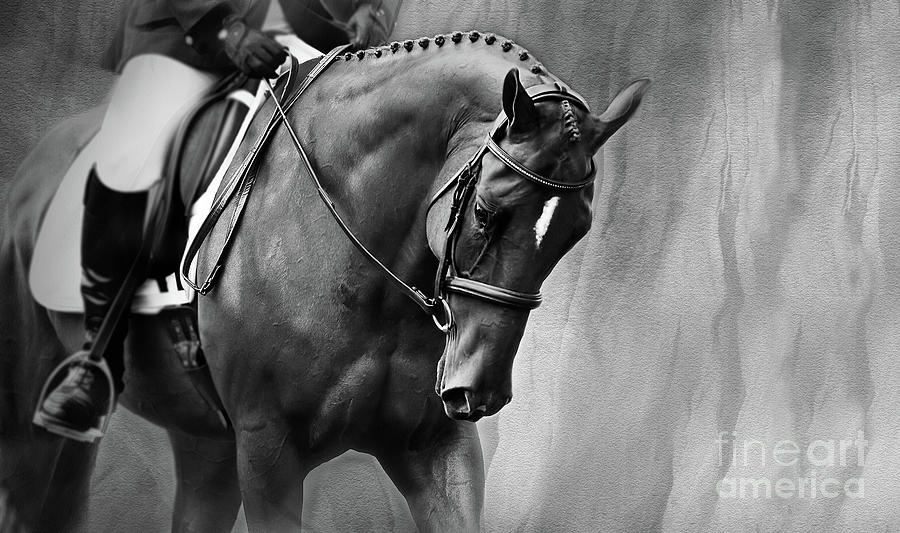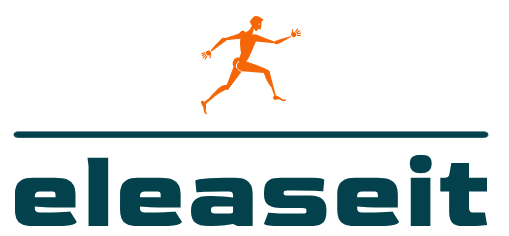
Graceful Movements: Mastering Elegant Equestrian Dressage
Equestrian dressage, often referred to as “horse ballet,” is a discipline that epitomizes elegance, precision, and the harmonious partnership between rider and horse. From the intricate patterns executed at various gaits to the subtle communication through aids, mastering elegant equestrian dressage is a pursuit that demands dedication, finesse, and an appreciation for the artistry of movement.
The Essence of Equestrian Dressage: Balletic Harmony
At its core, elegant equestrian dressage is about achieving a balletic harmony between horse and rider. The horse’s movements are carefully choreographed, displaying grace, suppleness, and obedience to the rider’s subtle cues. Every step, transition, and figure-eight is a testament to the partnership’s unity and the rider’s ability to convey commands with imperceptible aids.
Dressage Training: Crafting the Art of Movement
Mastering the art of elegant equestrian dressage requires meticulous training. Riders focus on refining their aids, developing their horse’s suppleness, and perfecting the execution of movements such as piaffe, passage, and pirouettes. The training process involves gradual progression, building the horse’s strength and flexibility while ensuring a responsive and willing demeanor.
For insights and tips on excelling in Elegant Equestrian Dressage, consider exploring Elegant Equestrian Dressage. This resource provides practical advice for navigating and succeeding in the world of dressage.
Understanding Dressage Levels: From Introductory to Grand Prix
Equestrian dressage competitions are organized into levels, each representing a different degree of difficulty. From introductory levels for beginners to the pinnacle of Grand Prix for elite riders, each level introduces new movements and challenges. Riders progress through these levels, honing their skills and showcasing the increasing sophistication of their partnership with their equine counterparts.
The Rider’s Seat: Commanding with Subtle Precision
In elegant equestrian dressage, the rider’s seat is a powerful tool for communication. Subtle shifts in weight, nuanced rein aids, and precise leg cues convey instructions to the horse. The rider’s seat serves as the command center, orchestrating the horse’s movements with an emphasis on subtlety and finesse. A well-balanced and centered seat is fundamental to achieving the desired elegance in dressage.
Geometry of Figures: Precision in Every Line
Dressage tests often include a series of geometric figures such as circles, diagonals, and serpentines. The precision with which these figures are executed reflects the rider’s mastery of geometry in motion. Achieving symmetrical and accurate figures requires a keen understanding of the horse’s stride and the ability to influence each step with precision.
Transitions and Cadence: Musicality in Motion
Elegant equestrian dressage is akin to a dance, where transitions and cadence play a crucial role. Transitions between gaits should be seamless, with the horse maintaining a rhythmic cadence. Achieving a sense of musicality in motion enhances the overall aesthetic of the performance, creating an engaging and captivating display of harmony between horse and rider.
Dressage Judging: The Art of Subjective Assessment
Dressage competitions are judged based on the rider’s ability to execute prescribed movements with precision and elegance. Judges assess the horse’s responsiveness, obedience, and the rider’s skill in conveying invisible aids. The subjective nature of dressage judging emphasizes the artistic quality of the performance, and riders must strive to captivate the judges with their harmonious and elegant presentation.
Costume and Tack: Elevating the Aesthetic
In addition to the rider’s skill, the overall aesthetic in elegant equestrian dressage is enhanced by appropriate costume and tack. Riders often wear formal dressage attire, and the horse’s tack is chosen for both functionality and elegance. The presentation of the horse and rider as a cohesive and stylish unit contributes to the overall impact of the dressage performance.
Dressage as Art: Inspiring Beauty and Emotion
Beyond the technical aspects, elegant equestrian dressage is a form of art that inspires beauty and emotion. The partnership between horse and rider transcends sport, creating a captivating spectacle that resonates with spectators. The subtle communication, the precision of movement, and the undeniable grace contribute to the emotional impact of dressage as an art form.
Conclusion: The Poetry of Movement
Mastering elegant equestrian dressage is a journey into the poetry of movement, where horse and rider become a living canvas of grace and precision. From the basics of training to the intricacies of high-level performances, the pursuit of excellence in dressage is an ever-evolving process. It is a celebration of the beauty that emerges when two beings move as one, creating an enduring legacy in the elegant world of equestrian dressage.





